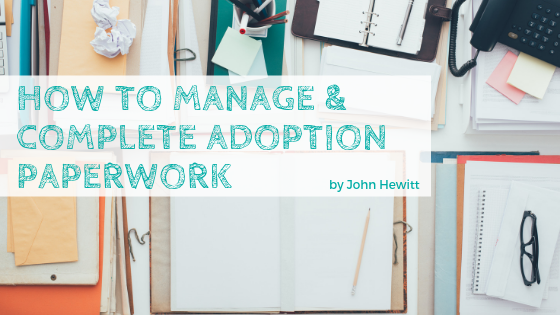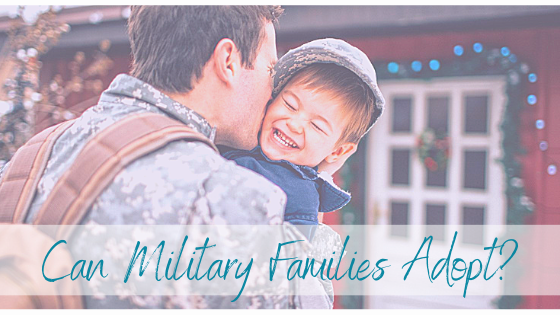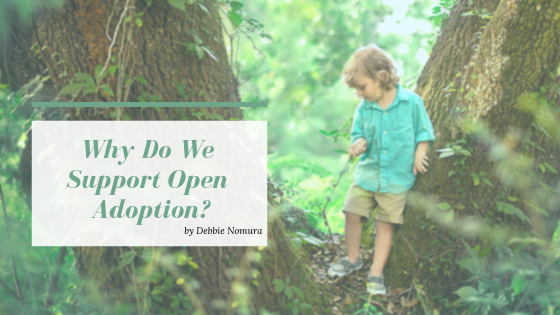When my wife and I meet new people, I love explaining what I do for work and the joy I get from helping guide families throughout their adoption process. I love sharing the adoption stories and testimonies of the families we work with, and how each have a personal and unique journey through adoption. […]







